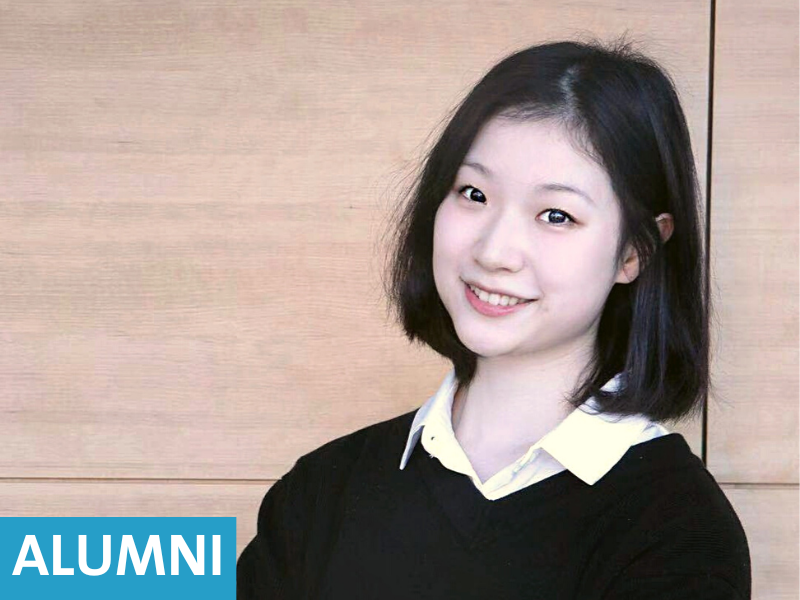Navigation auf uzh.ch
Navigation auf uzh.ch

In her fellowship, Jingjing is working towards bringing Pioneer, a novel methodology for early detection of hypoxia in infants, to the market. The Pioneer system is based on near-infrared optical tomography (NIROT). The system was developed in a collaboration between the University of Zurich and EPFL and promises a low-cost, high-resolution and time-resolved measurement of hypoxia.
A methodology for accurate measurement of hypoxia in pre-term infant is urgently needed. Despite improved survival of extremely preterm infants, the incidence of long-term neuro-developmental deficiencies such as cognitive, motor and behavioral impairment remains high: 25% of survivors develop cerebral palsy or a low IQ. Significant cognitive delay is present in ~50% of survivors by school age. Most long-term impairments are caused by brain lesions that occur early after birth. One key initiating factor for these lesions is hypoxia. So far hypoxia cannot be imaged in these vulnerable infants. In order to detect the hypoxia-induced lesions, an accurate 3D-imaging system is urgently needed. Many infants could be saved, if hypoxia was detected early.
The Pioneer system is a non-invasive, bedside imaging device that allows for fast measurement. In laboratory tests, accurate quantitative 3D images of the brain oxygenation can be completed within minutes. In the next months, the device will be optimized in the lab and tested in a clinical setting, with the goal of being able to provide the device for neonatology centers in Europe within the next years.
Affiliation: Prof. Dr. sc. techn. Martin Wolf
Start date: 10/2021